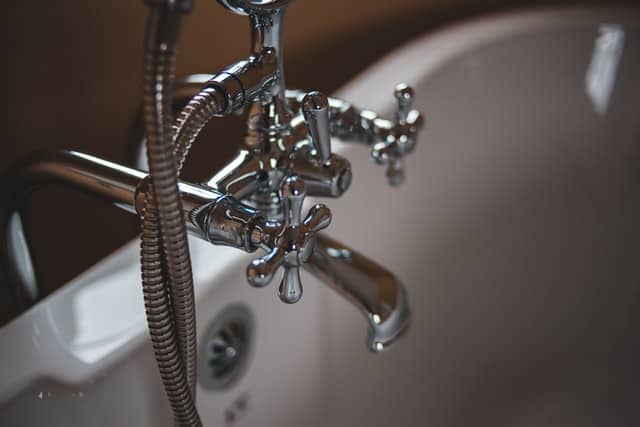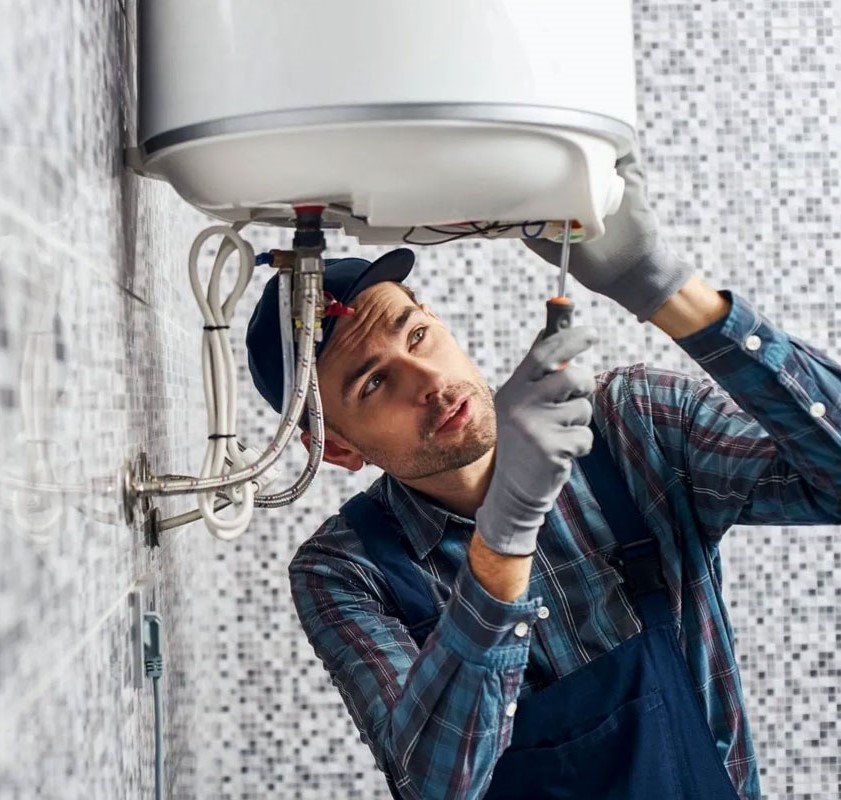Efficient Methods to Guard Your Plumbing and Prevent Freezing in Frigid Conditions
Efficient Methods to Guard Your Plumbing and Prevent Freezing in Frigid Conditions
Blog Article
This great article below pertaining to How to Prevent Frozen Pipes is particularly entertaining. You should take a look.

All house owners who live in warm environments must do their finest to winterize their pipes. Failure to do so can mean catastrophe like icy, fractured, or ruptured pipes.
Try a Hair Dryer or Warm Weapon
When your pipes are virtually freezing, your trusty hair dryer or warm gun is a godsend. If the hot towels do not aid remove any settling ice in your pipes, bowling hot air directly into them may assist. Do not use other items that create direct flames like a strike torch. This can lead to a bigger catastrophe that you can not manage. You may end up damaging your pipelines while attempting to thaw the ice. As well as over time, you may even wind up burning your house. Be careful!
Open Cupboard Doors Hiding Plumbing
When it's cold outside, it would be practical to open up closet doors that are masking your pipes. Doing this little method can maintain your pipelines warm as well as restrict the potentially unsafe end results of freezing temperature levels.
Take Time to Wrap Exposed Pipeline
One awesome as well as simple hack to heat up cold pipelines is to cover them with cozy towels. You can likewise utilize pre-soaked towels in hot water, just don't forget to put on protective gloves to secure your hands from the heat.
Switch on the Faucets
When the temperature level drops and it appears as if the cold temperature will last, it will assist to transform on your water both inside and also outdoors. This will keep the water flowing through your plumbing systems. You'll end up losing gallons of water this method.
Shut down Water When Pipelines are Frozen
Shut off the primary water valve promptly if you see that your pipelines are completely frozen or nearly nearing that phase. You will typically locate this in your cellar or utility room near the heater or the front wall closest to the street. Transform it off as soon as possible to stop additional damage.
Do not fail to remember to shut external water resources, too, such as your connection for the garden home. Doing this will certainly avoid added water from filling up your plumbing system. However, with more water, more ice will certainly accumulate, which will eventually result in break pipelines. It is best to call a specialist plumber for an inspection if you are not sure regarding the state of your pipelines this winter months. Taking this aggressive approach can save you countless dollars in repairs.
All homeowners who live in pleasant environments have to do their finest to winterize their pipelines. Failure to do so can mean catastrophe like frozen, fractured, or burst pipes. If the warm towels do not help dislodge any working out ice in your pipes, bowling warm air straight into them may assist. Transform off the major water shutoff immediately if you notice that your pipelines are entirely icy or virtually nearing that phase. With even more water, more ice will certainly pile up, which will ultimately lead to rupture pipelines.
PREVENT YOUR PIPES FROM FREEZING THIS WINTER
A Leading Cause of Property Damage
When the weather is taking a deep nose dive into the cold dreary days, the risk of your pipes freezing and potentially bursting skyrockets. Unfortunately, during these cold dreary months, burst pipes are the most common denominator for property damage. The pipes that are most at the risk are those that are in areas where it is most cold in your home. For instance, pipes located in interior places such as basements, attics, and your garage. Unfortunately, that doesn’t mean that the pipes running through your cabinets or exterior walls can’t freeze. Good news, however, is that you can do things to help prevent pipes from freezing.
How to Prevent Pipes From Freezing
Once the temperature starts to drop during the winter, you should be taking the proper measures needed to ensure that your pipes stay warm and that there is circulation of water through them. Some steps that experts may recommend could go against your better judgement when it comes to saving water and heat. However, it would go without saying that when expenses are compared, damaged pipes could put a bigger dent in your wallet than a water bill.
What Can I Do?
Keep your garage door closed. This is very important, especially if you have water supply lines running through your garage. Open your kitchen and bathroom cabinets to allow warm air to circulate through them. Allow air circulation throughout your home. Keeping the interior doors open will once again allow the warm air to circulate inside your home. Ensure your thermostat is running the same temperature throughout the night and day. If you plan to be away from home during the cold months, set your temperature no lower than 55° F. This should provide enough heat to keep the pipes warm and prevent any remaining water inside the pipes from freezing. For more of a long-term solution, add insulation to attics, basement, and other crawl spaces around your home. By allowing your faucet to drip, it will alleviate pressure in the system. This is important because the pressure that is created between the blockage and the faucet can potentially cause the pipes to burst. Allowing the faucet to drip will prevent the pressure from building up, therefore keeping the pipes from bursting. Seal any cracks, openings, and crawl spaces around your home to prevent cold air from coming inside. This keeps your pipes-not to mention your home-warmer and less susceptible to issues caused by freezing temperatures. For the pipes in your home that are easily accessible, applying electrical tape to them might prevent them from freezing over. This is a quick fix, as you can apply the tape directly to the pipe. There are two options for heating tapes. One turns on and off by itself when it senses heat is needed. The other type of heating tape needs to be applied when heat is needed and removed when not necessary. If you have exposed pipes in your home, you can check this website to take a look at a few options that would be available at a shop near you.

We hope you enjoyed our part about How to Prevent Frozen Pipes. Thanks a lot for finding the time to read through our piece. Liked our piece? Please share it. Help others find it. Thanks a lot for your time invested reading it.
Secure, fast, dial! Report this page